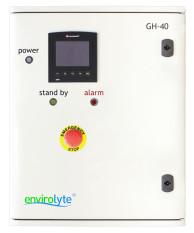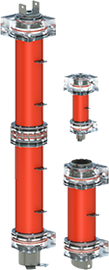UNDERSTANDING BPR
The Biocidal Products Regulation (BPR, Regulation (EU) 528/2012) concerns the placing on the market and use of biocidal products, which are used to protect humans, animals, materials or articles against harmful organisms like pests or bacteria, by the action of the active substances contained in the biocidal product. This regulation aims to improve the functioning of the biocidal products market in the EU, while ensuring a high level of protection for humans and the environment.
The text was adopted on 22 May 2012 and will be applicable from 1 September 2013, with a transitional period for certain provisions. It will repeal the Biocidal Products Directive (Directive 98/8/EC).
All biocidal products require an authorization before they can be placed on the market, and the active substances contained in that biocidal product must be previously approved. There are, however, certain exceptions to this principle. For example, biocidal products containing active substances in the Review Programme can be made available on the market and used (subject to national laws) pending the final decision on the approval of the active substance (and up to 3 years after). Products containing new active substances that are still under assessment may also be allowed on the market where a provisional authorization is granted.
The BPR aims to harmonize the market at Union level; simplify the approval of active substances and authorization of biocidal products; and introduce timelines for Member State evaluations, opinion-forming and decision-making. It also promotes the reduction of animal testing by introducing mandatory data sharing obligations and encouraging the use of alternative testing methods.
As in the previous directive, the approval of active substances takes place at Union level and the subsequent authorization of the biocidal products at Member State level. This authorization can be extended to other Member States by mutual recognition. However, the new regulation also provides applicants with the possibility of a new type of authorization at Union level (Union authorization).



















